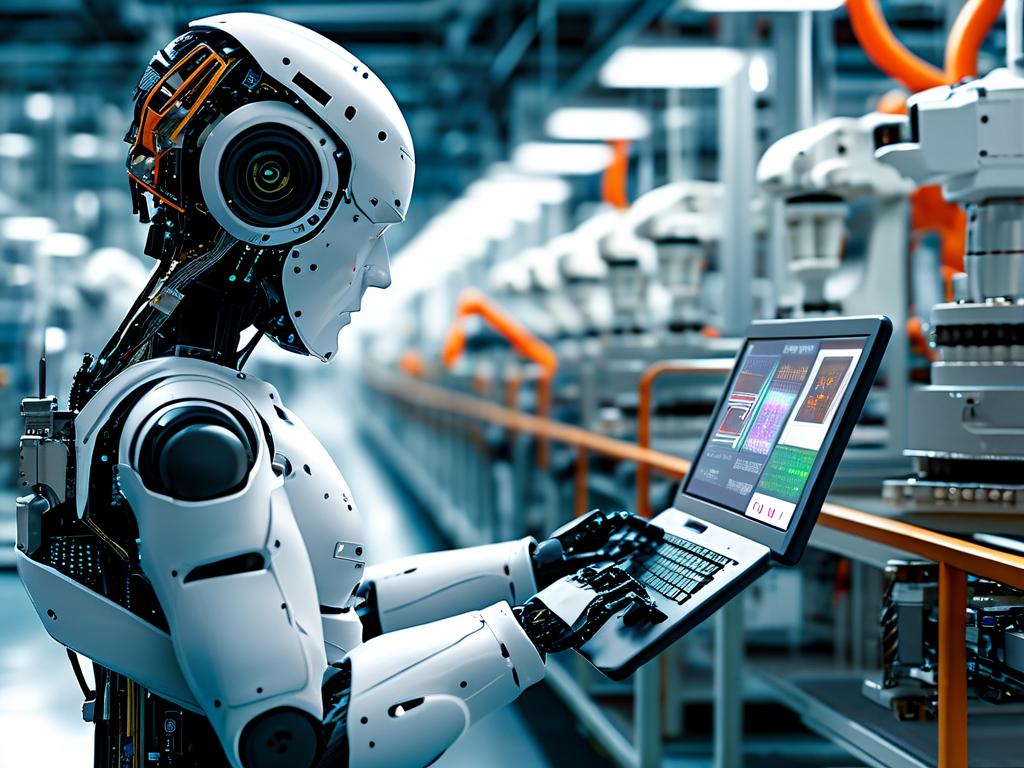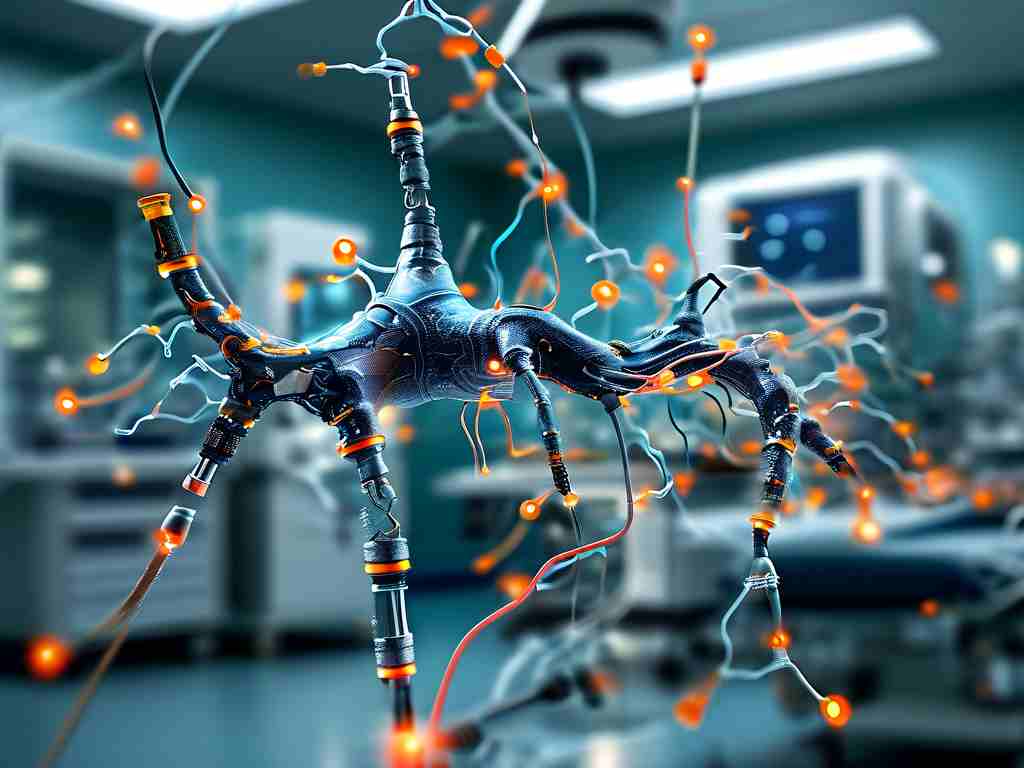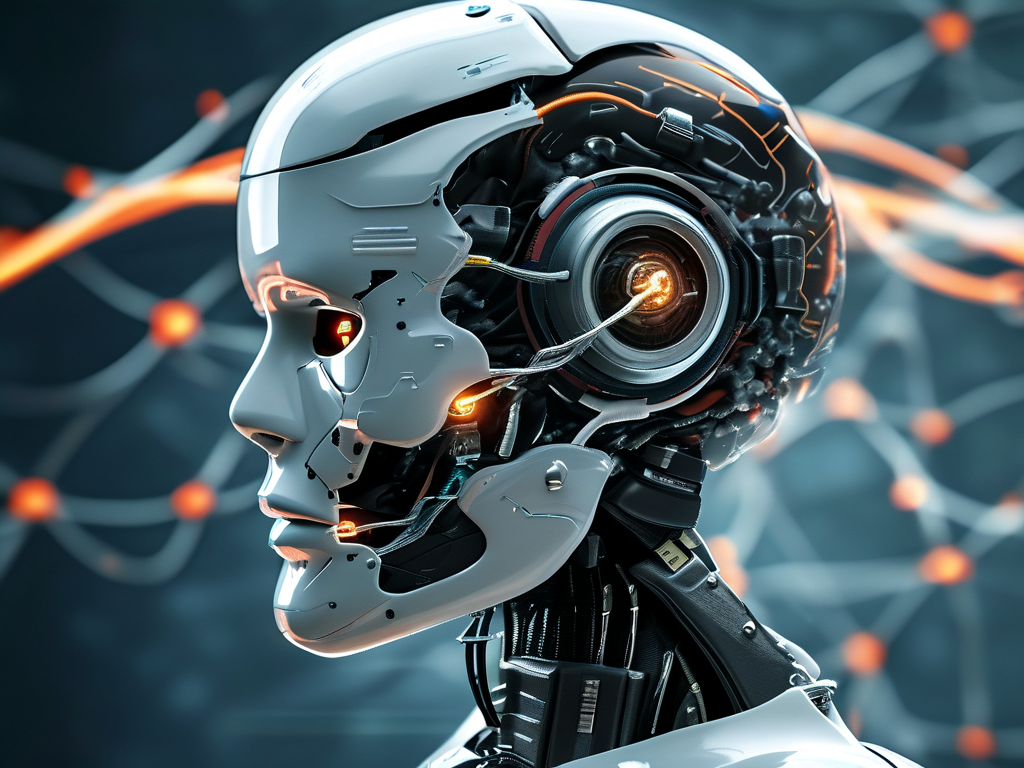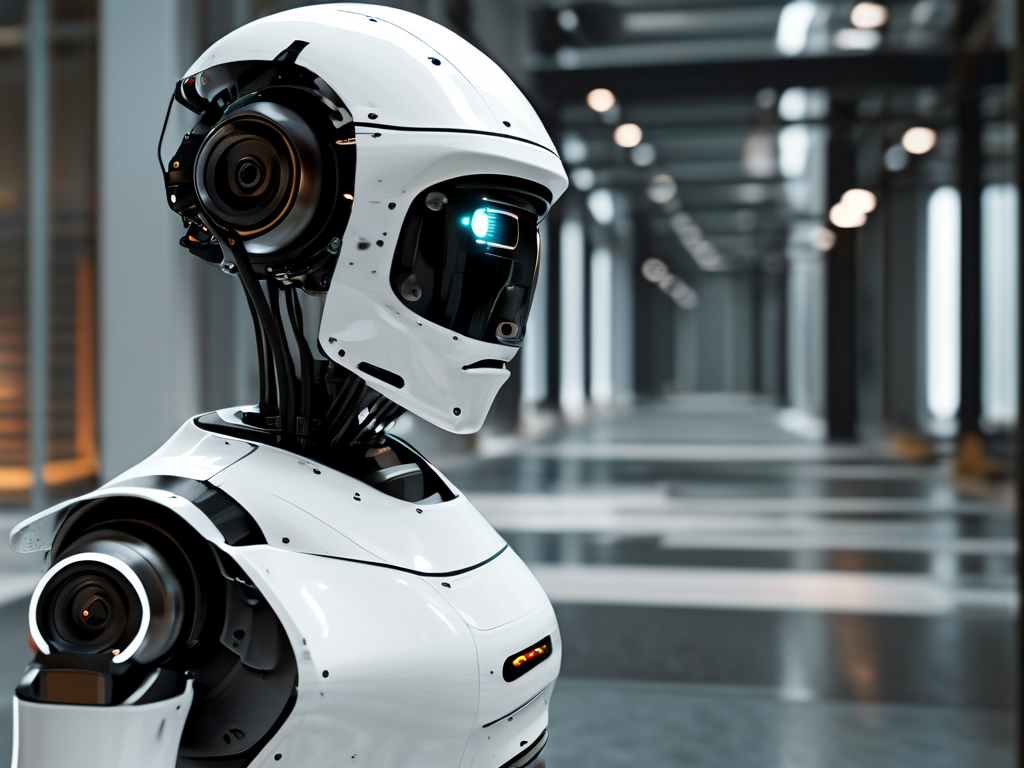In the rapidly evolving landscape of artificial intelligence and robotics, robotic neural interface technology has emerged as a groundbreaking frontier. By bridging the gap between biological systems and machines, this innovation promises to redefine human capabilities, healthcare, and industrial automation. This article explores the science behind neural interfaces, their transformative applications, and the ethical considerations they raise.
Understanding Robotic Neural Interfaces
Robotic neural interfaces (RNIs) are systems that enable direct communication between the human nervous system and external devices. These interfaces decode neural signals-such as brainwaves or peripheral nerve activity-and translate them into commands for robots, prosthetics, or computers. Key technologies driving RNIs include:
- Electroencephalography (EEG) and Electrocorticography (ECoG): Non-invasive and semi-invasive methods to capture brain activity.
- Neural Lace and Nanotechnology: Ultra-thin, implantable grids that interface with neurons at a microscopic level.
- Machine Learning Algorithms: AI models that interpret complex neural data in real time.
Recent breakthroughs, such as Neuralink's brain-computer interface trials, demonstrate the potential for high-bandwidth, low-latency communication between humans and machines.
Transformative Applications
1. Medical Rehabilitation and Augmentation
RNIs are revolutionizing healthcare. Paralyzed patients can now control robotic limbs or exoskeletons using neural signals, restoring mobility and independence. For example, researchers at Johns Hopkins University enabled a quadriplegic man to feed himself using a mind-controlled robotic arm. Additionally, RNIs are being tested for treating neurological disorders like epilepsy and Parkinson's by modulating abnormal brain activity.
2. Industrial and Military Automation
In manufacturing, RNIs allow workers to control machinery with unprecedented precision, reducing errors and enhancing productivity. The U.S. military is exploring "thought-driven" drones and vehicles, enabling soldiers to operate equipment hands-free in high-risk environments.
3. Human-AI Collaboration
By integrating RNIs with AI systems, humans can augment their cognitive abilities. Imagine accessing cloud-based knowledge instantaneously or collaborating with AI to solve complex problems. Startups like CTRL-Labs (acquired by Meta) are developing wristbands that translate muscle signals into digital commands, hinting at a future where humans and machines coexist seamlessly.
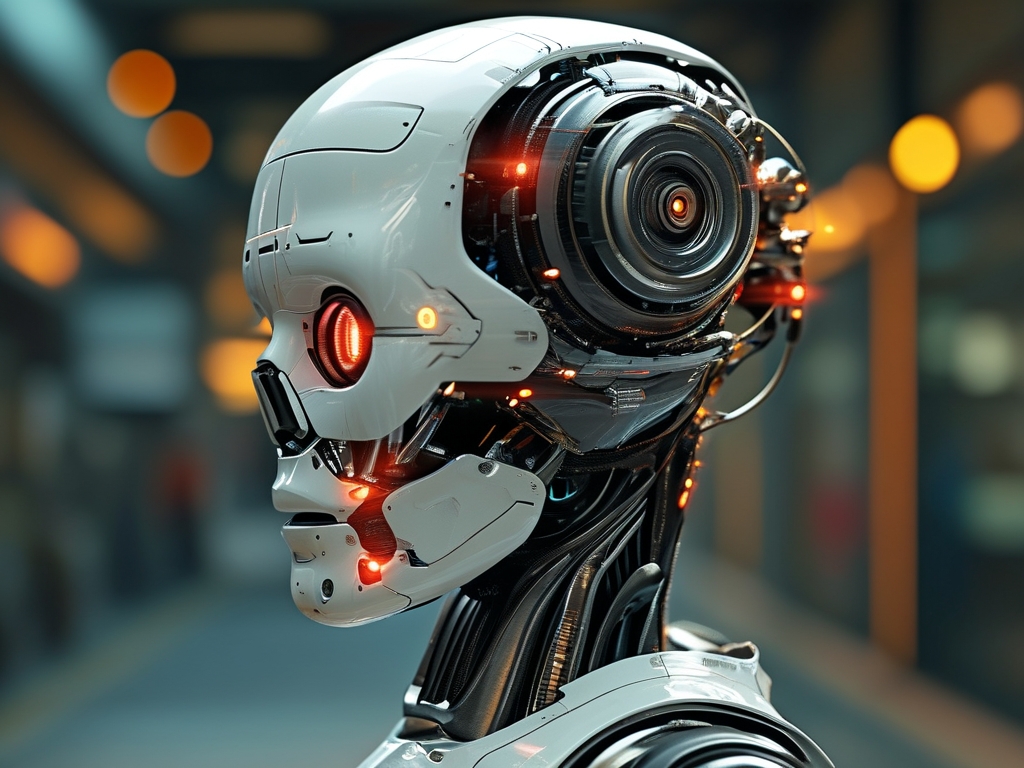
Ethical and Societal Challenges
Despite their promise, RNIs raise critical concerns:
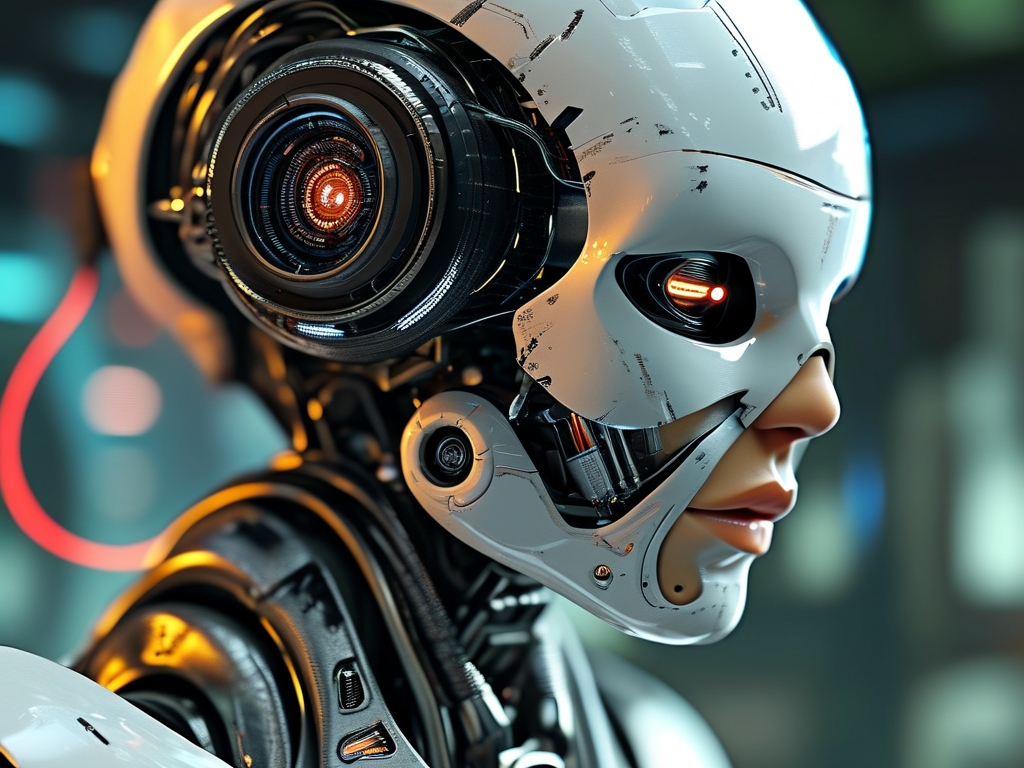
- Privacy and Security: Neural data is intensely personal. Unauthorized access could lead to manipulation or identity theft.
- Inequality: High costs may limit access to RNIs, creating a divide between enhanced and non-enhanced individuals.
- Autonomy and Identity: If machines influence human decisions, where do we draw the line between human agency and algorithmic control?
Regulatory frameworks, such as the EU's proposed AI Act, are beginning to address these issues, but global consensus remains elusive.
The Road Ahead
The next decade will likely see RNIs transition from labs to mainstream use. Key trends include:
- Miniaturization: Wearable or injectable interfaces replacing bulky implants.
- Bidirectional Communication: Devices that not only read neural signals but also write feedback into the nervous system, enabling "sensory augmentation."
- Ethical AI Integration: Ensuring AI systems aligned with human values when interfacing with neural data.
In , robotic neural interface technology represents a paradigm shift in human-machine interaction. While challenges persist, its potential to enhance lives, redefine industries, and expand human potential is unparalleled. As we stand on the brink of this new era, interdisciplinary collaboration-among scientists, ethicists, and policymakers-will be crucial to harnessing its power responsibly.


